365 Days
November 22nd, 2024 was my last day at my old job.
I quit my day job to make jewelry full time one year ago! 🤯 Instead of waiting for New Years Eve, I thought it made sense to look back now on what I've done with all this free time.
The very first thing I did, in November of 2024, was to go visit my mom and spend Thanksgiving with her. ❤️ This year I also had the opportunity to dig for rocks in Wisconsin, and a friend took me to my very first tropical island, Curacao. 🌴

When I quit my job, I was excited but also nervous. I was afraid I wouldn't self-motivate very well. I worried I would get lazy and complacent. I worried I'd accomplish the projects on my immediate To Do list and then just run out, as if the driver of my creativity were the captivity of a 40-hour work week. Turns out No! Not the slightest! I've done so much and I still have so much I still want to work on. I've been busy!
Early in 2025 I made an absolute pile of SeaDragon earrings. This was practice for bulk production, and also a way to test out a bunch of enamel colors. I was chasing a bright fire-engine red: I still haven't achieved it, but I did make progress in other ways.
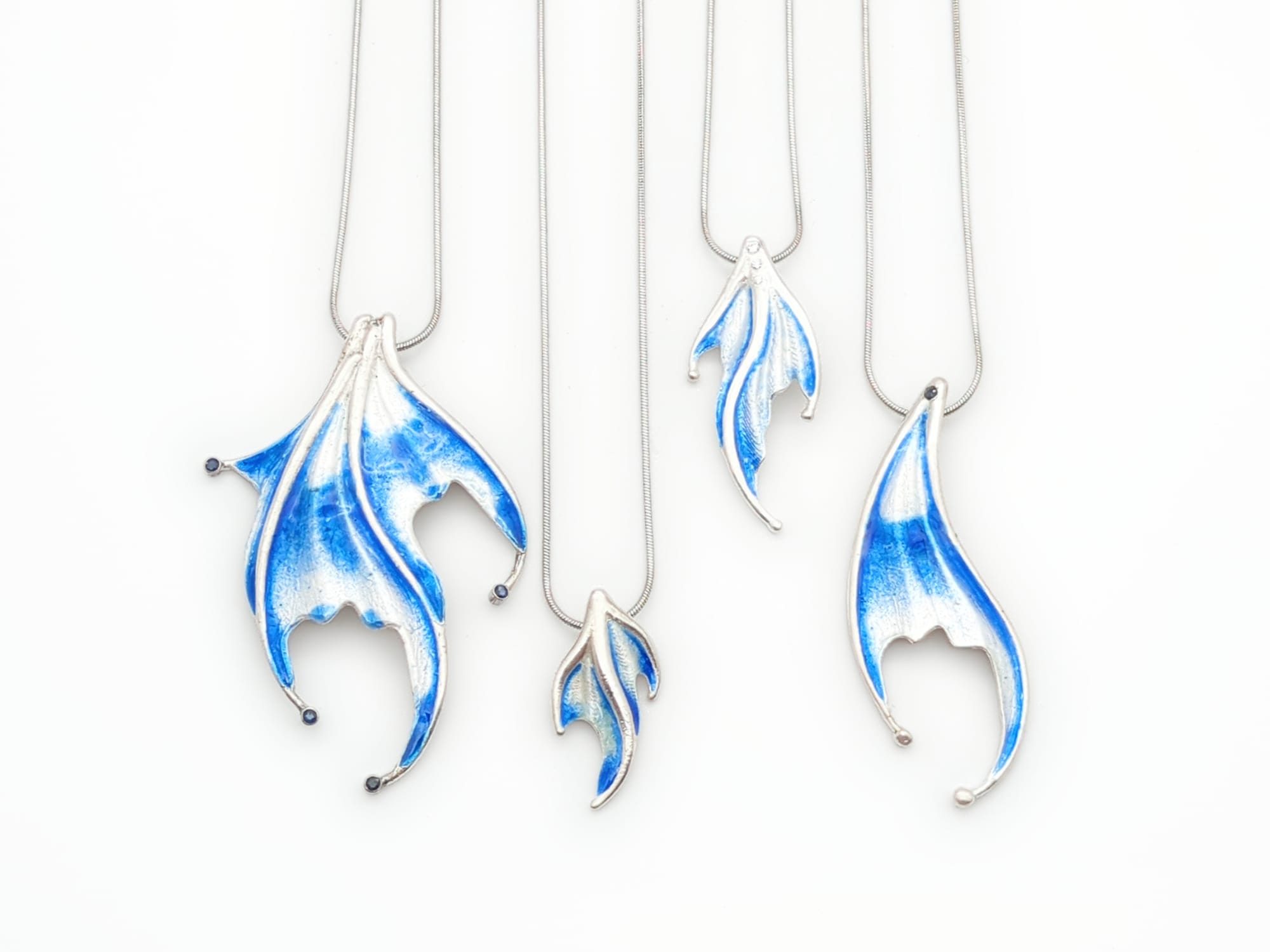
Last December I was setting up my table at a holiday art show, and a mentor came over to chat. She observed my aluminum chainmail, and wondered aloud why I wasn't doing fancier stuff. I said "everyone does that"; I didn't think I had a market for expensive chainmail. She gestured broadly to the room, where 100 other artists were busy setting up, and asked "Everyone?"
Not one of those other artists were selling chainmail. I realized that I am chronically online in chainmail spaces, where Yes, everyone else can make the same things. But in the real world, in proximity, there absolutely is a market for fancy chains in fancy metals.
She changed my outlook so much with that one question, and it rekindled a joy in chainmail making that honestly had begun to fade. In the past year I have made 28 different pieces of silver chainmail (not counting one delicate style with gemstones I'd already been experimenting with) and my biggest struggle is deciding which new pattern to make next.
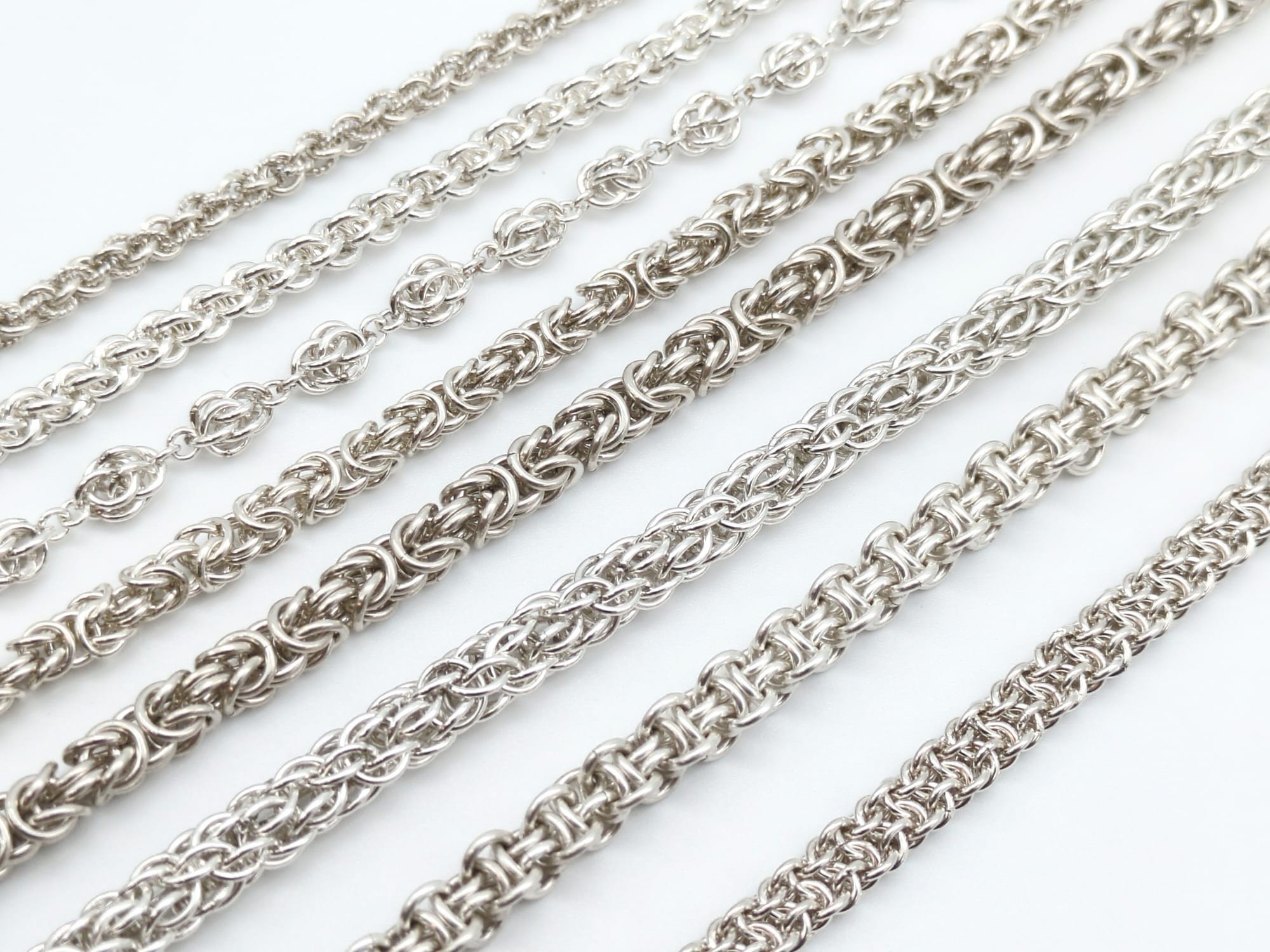
One of the biggest advancements I experienced this year was the further development of the Ammonites line. My originals were charming, but also big, flat, and complicated. In June I tried a new approach using wire, and an extremely tiny meat cleaver. Now I've made 10 more, plus earrings!, and these whimsical critters are as entertaining to make as they are to show off to your friends.
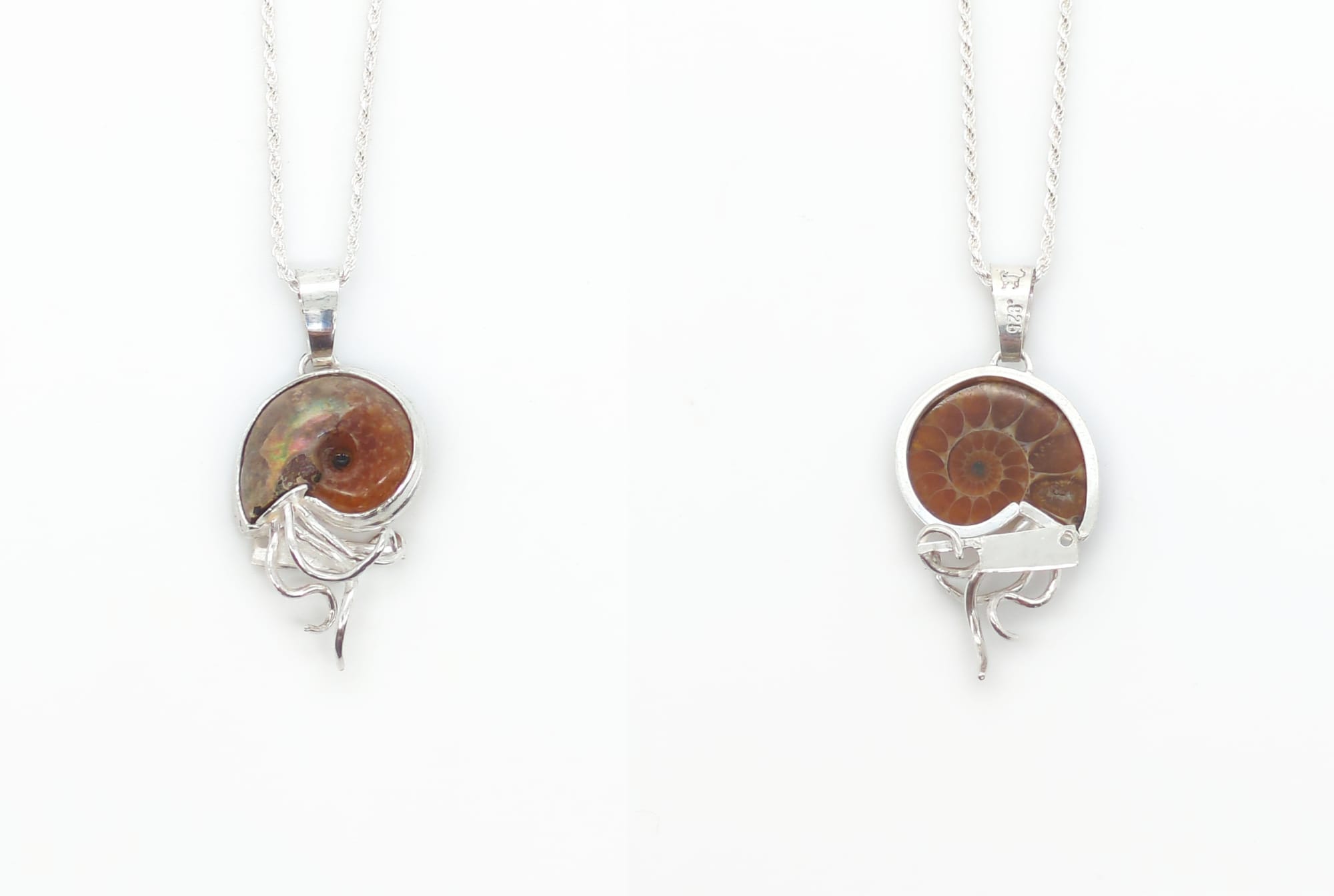
Would you like numbers? I love numbers 🤓
Last year I participated in 5 in-person sales events. By the end of this year I will have done 12.
In 2025 I have made more things! 129 items to date on the inventory list, vs 92 items in 2024.
I've also been making more of those things in silver, because I have the time to focus and explore. 66% of inventory items this year are silver vs 37% last year.
And technically 2025 is not yet over.
On top of all that I joined the faculty at The Crucible and began spending time in class as a teaching assistant, and outside of class testing and building demos for new classes. I go rock climbing almost every week with friends. Oh yes and I spent an entire month packing and moving house very nearly single-handedly. I've stayed busy, and it feels great, and I have no regrets about how I've spent this year.
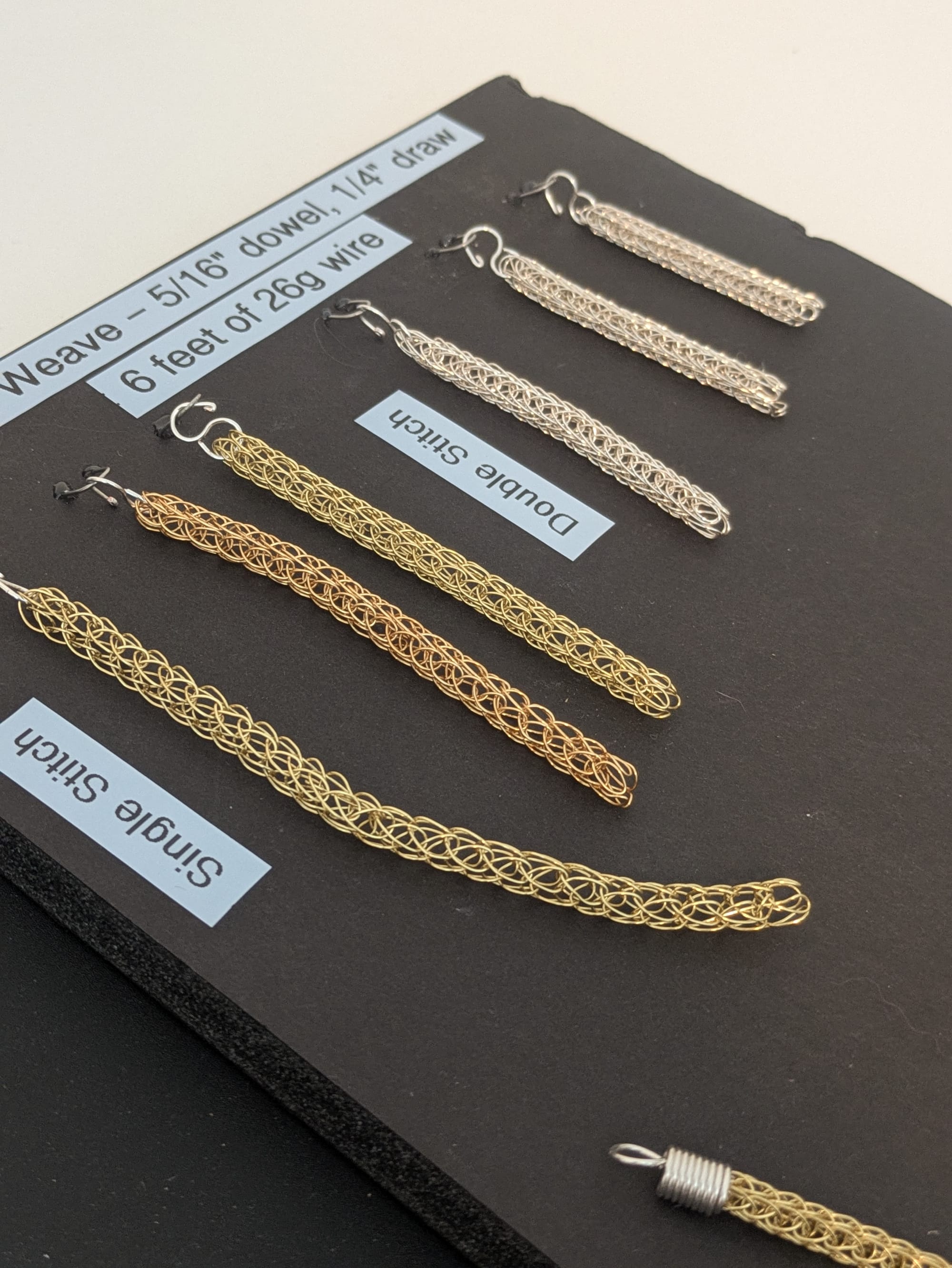
And now you've reached the end, where I can deliver the punch line:
I'm going back to my old job 🤪
Just for December! A sort of temp for the holidays deal, because they need the help and, well.. very likely my business will end the year "profitable but only just barely" and that doesn't pay the bills.
(If you'd like to help with that profitability thing.. there's still time to consider Christmas gifts for your favorite people, or for yourself! My Etsy shop is just a click away, or check out the Contacts page and scroll to the bottom to find a list of in-person events.)
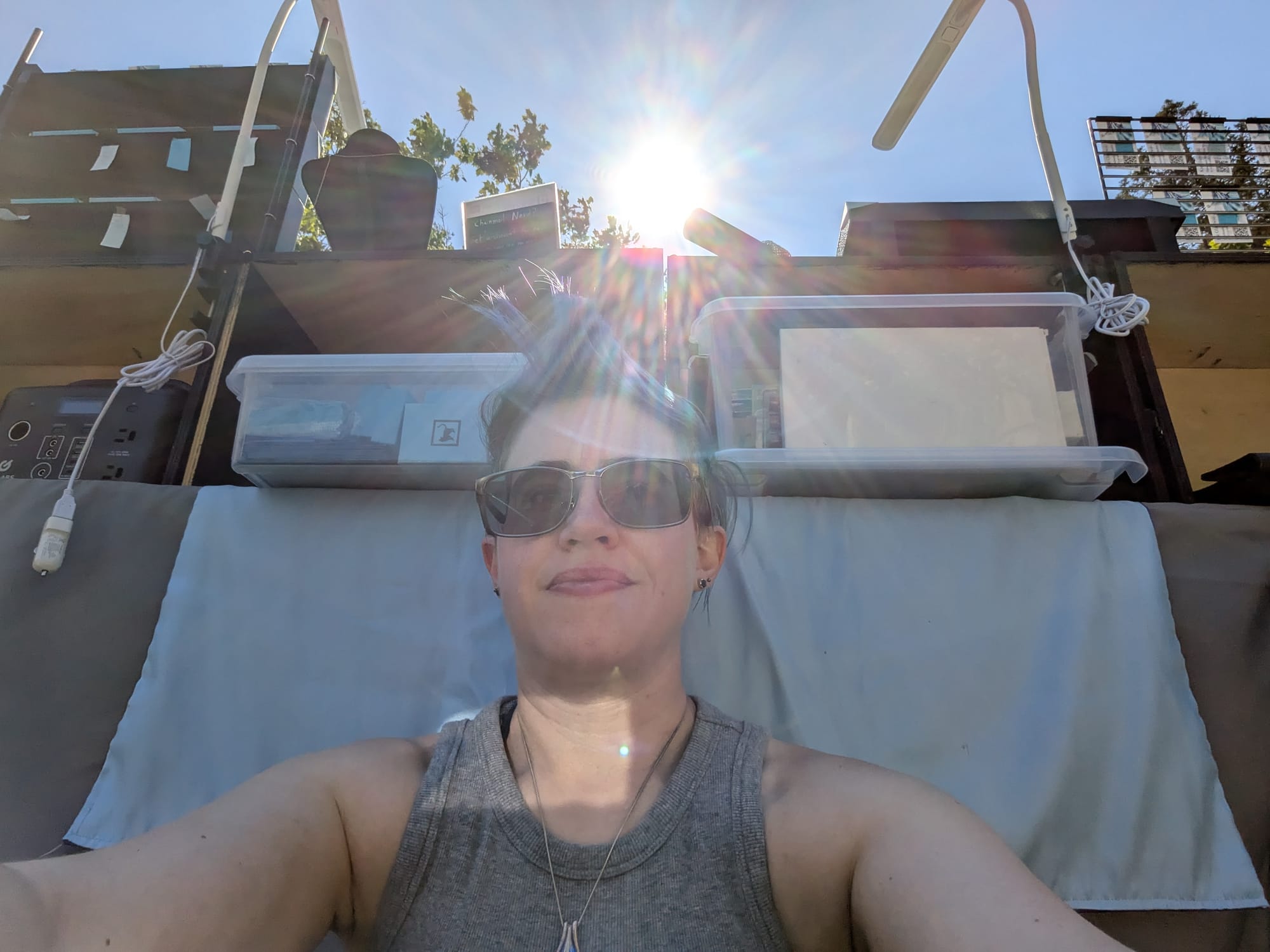
What happens in 2026? I'm planning more development on SeaDragon, and I have some ideas to combine chainmail and gemstone in new ways. I can't rule out getting a 'real' job again, but we'll see. Maybe the numbers will be even better next year. Maybe something wild happens.
Thanks to all of you for sharing the journey with me. I hope everyone has a safe and comfortable winter, and we'll see each other in the new year! 🥂
